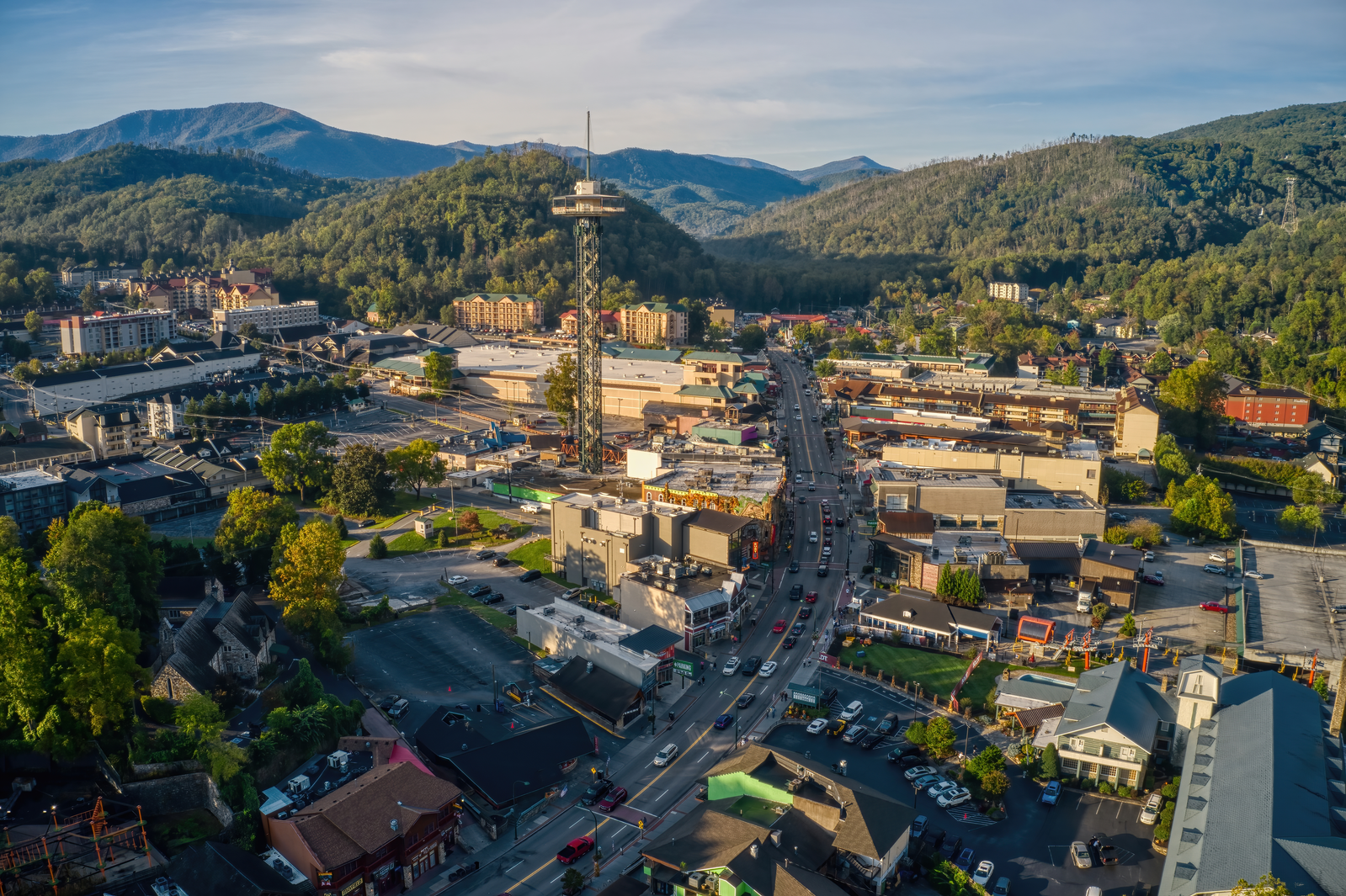September 2, 1940 is an important date in Smoky Mountain history. It’s the day that the Great Smoky Mountains National Park was officially dedicated! While the park was established on June 15, 1934, it wasn’t until 1940 when Franklin D. Roosevelt formally dedicated it. Take a look back at Smoky Mountain history and learn more about FDR dedicating the national park!
FDR Dedicates the Great Smoky Mountains National Park
On September 2, 1940, President Franklin D. Roosevelt spoke from the Rockefeller Memorial and formally dedicated the Great Smoky Mountains National Park. The ceremony dedicated a sanctuary that is not a local park, a county park, or even a state park, but a national park for everyone in the country, and the world, to enjoy. This dedication ceremony took place at the Rockefeller Memorial Monument that can be seen on Newfound Gap. There were more than 10,000 people in attendance at the Great Smoky Mountains National Park’s dedication ceremony.
Watch a silent, archived video of FDR dedicating the Great Smoky Mountains National Park below!
The Creation of the Great Smoky Mountains National Park
The dedication of the Great Smoky Mountains National Park in 1940 didn’t happen overnight. Becoming a national park wasn’t a simple task for the Smoky Mountains. It took money and hard work from thousands of people to make it possible. Unlike other national parks where the land was already owned by the government, that land that became the Great Smoky Mountains National Park was owned by hundreds of small farmers, along with a few large timber and paper companies.
How it Happened

Efforts to create a national park finally became successful in the mid-1920s, with supporters in Knoxville, Tennessee and Asheville, North Carolina. In May of 1926, President Calvin Coolidge signed a bill that provided for the establishment of the Great Smoky Mountains National Park and the Shenandoah National Park. The bill allowed the Department of the Interior to assume responsibility for administration and protection of the park when 150,000 acres of land had been purchased. One of the main groups advocating for the national park was motorists, mostly branches of the AAA, who wanted scenic roads where they could drive their shiny cars.
How They Got the Land
Acquiring the land for the park was another challenge. Since the government couldn’t buy land for national park use, the former political boosters became fundraisers. By 1928, a total of $5 million had been raised by the Legislatures of Tennessee and North Carolina, and individuals and private groups. The Laura Spelman Rockefeller Memorial Fund also donated $5 million. Even with the money raised, buying the land wasn’t easy since there were thousands of small farms and other miscellaneous parcels that had to be appraised. Timber and paper companies had equipment and inventory that required compensation, and families had to leave behind their homes. Lifetime leases were offered that allowed some people to stay temporarily, and others were granted leases on a short-term basis. However, those who stayed could not cut timber, hunt or trap at will.
Building the Great Smoky Mountains National Park

By 1934, Tennessee and North Carolina had transferred deeds for 300,000 acres to the federal government, and Congress authorized full development of public facilities. The Civilian Conservation Corps, which was created during the Great Depression to provide work and wages for unemployed young men, helped with the early development of facilities and restoration of settlers’ buildings. In fact, many of the trails, campgrounds and buildings in the park were built by the CCC! On June 15, 1934, the Great Smoky Mountains National Park was officially established.
More About Smoky Mountain History
Now you know two of the most important dates in Smoky Mountain history: when the park was established on June 15, 1934 and when it was dedicated on September 2, 1940. To learn more important dates in the park’s history, read our blog, “8 Dates That Changed the History of the Great Smoky Mountains National Park.”

















